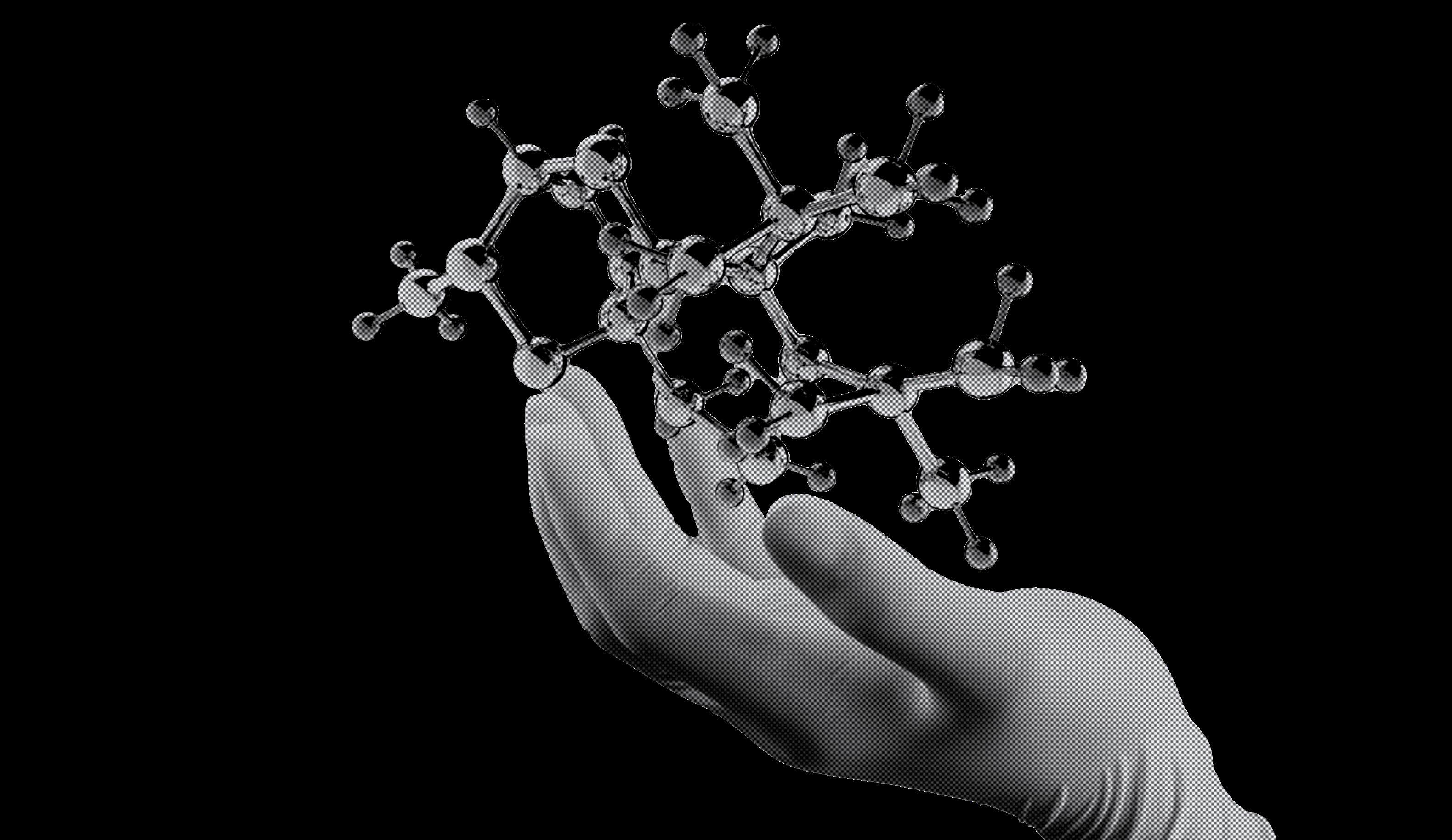ARE YOU MAKING RESPONSIBLE PURCHASING DECISIONS FOR YOUR LAB?
Best practice for your lab starts before you even use a product; choosing the right products to begin with helps reduce overall environmental impact. of global plastic waste more energy consumption than your standard office space 5-10x With labs accounting for: 2% it’s time for you to take action. Sustainability in your lab is not optional.
KEEP IN MIND:

HERE ARE OUR TOP TIPS FOR MORE SUSTAINABLE
PROCUREMENT:
1. Consolidate your orders
aggregating your spend and even coordinating with other labs, you can reduce packaging waste and lower carbon emissions (for both your suppliers and your organisation!) Fewer shipments means a smaller transportation footprint.
2. Invest in quality equipment:
Investing in high quality laboratory equipment is a smart choice – not just for performance but for durability. Well-made products last longer, reducing the need for replacements. This means less waste, but also fewer upstream emissions from the production and transportation of new equipment. Think of it like this; every time a piece of lab equipment needs replacing, the environmental cost starts over.
3. Size matters!
When ordering laboratory supplies, make sure you are using an appropriate size of tube or container to fit your needs.
DID YOU KNOW?
Simple practices can make a difference; using appropriately sized containers (e.g. a 25ml centrifuge tube instead of a 50ml) can cut down on your plastic waste and free up storage.
4. Think before you order!
Before placing new orders, review your inventory to ensure you’re not over-ordering. While bulk ordering can reduce packaging waste and transportation emissions, it’s crucial to balance it with storage capacity and product shelf life – otherwise you end up paying for more waste!
6. Support manufacturers committed to sustainability
Support companies that prioritise sustainability, not just in their manufacturing process, but in their sourcing, operations, and behaviour – the stuff that goes beyond how well they can market that ‘green’ product – do they walk the talk?
5. Collaborate with other labs in your organisation:
Ask other labs in your building or institution to share bulk purchases whenever possible. This can reduce transportation emissions and even help you cut down on costs. This is especially impactful for consumables such as reagents, gloves, and pipette tips, where excess packaging and frequent shipments can add up quickly.

7. Save energy with smarter product choices
Energy efficiency matters. But it matters most for equipment that runs constantly, such as ULT freezers, incubators etc. In these cases, look for instruments that are durable but also energy-efficient. For equipment that may not be used quite as often, the embodied carbon from raw material, manufacturing, and transport (cradle-to-gate emissions) could be higher than from the energy it consumes in use. In these cases, try to maximise product lifespan by regular servicing and proper maintenance.
DID YOU KNOW:
That skipping maintenance can lead to higher energy costs, unexpected downtime, and expensive repairs? At SLS, we know how crucial it is to keep your equipment running at its best. That’s why we’ve partnered with C&M Scientific to offer tailored servicing solutions for your lab.

SCAN THE QR CODE TO LEARN MORE!
8. Shop locally!
Distance in the supply chain matters.When products travel across multiple countries before reaching your lab, they rack up transportation emissions (especially with anything airfreighted urgently). But it’s not just about the shipping miles; long and complex supply chains also means more processing, packaging, handling, each adding to overall resource use and waste. Choose suppliers with local or regional manufacturing, or consolidated supply chains – this can reduce emissions and also improve transparency. And it can also help build supply chain resilience, reliability – fewer delays, less disruption!

9. Product design can make a difference!
Where possible, consider the environmental impact of the raw material used in your product –particularly for consumables. Products made from renewable resources or recycled materials are often a better less carbon intensive.

10. Choose recyclable or reusable products:
This goes without saying – reuse items so you don’t have to buy a new one, and make sure to talk to your facilities/estates team about waste management. Talking to suppliers about your waste challenges is relevant too, to see if there are any solutions that can be offered.
11. Consider the entire product lifecycle
Not all lab products are created equal when it comes to their carbon footprint – or more specifically, the weighting of their carbon footprint and overall impact across their lifecycle. Some leave their mark in production, others during use. And if you’re a lab manager, a buyer, or even the person knee deep in research, this matters – because understanding it can help you make smarter and more sustainable decisions.
Look to obtain as much information as possible about a product’s lifecycle, from raw material right through to end-of-life. This will enable you to make more conscious choices which align with your lab or organisation’s sustainability strategy.
Explore our full list of products with Sustainability Attributes for greater transparency in your purchasing decisions.
And remember, before you start shopping, take a moment to check out our sustainability checklist -it’s a friendly guide to ensuring every purchase makes a positive impact on your sustainability journey!




The Smart Lab Sustainability Checklist
Make every purchase count! Use our checklist to make informed, more sustainable choices for your lab. Start making a difference today!
Would you like to discuss in more detail how you can contribute to your lab’s sustainability goals, please get in touch with Lucy Moore, our Sustainability Manager at sustainability@scientific-labs.com
WHICH PRODUCT ARE YOU LOOKING TO PURCHASE?

Laboratory Equipment or Apparatus
Is this product going to be used daily or constantly over the years?
Focus on durability and energy efficiency. Long-term use means energy consumption during the use phase can outweigh cradle-togate emissions.
Is the equipment built to last for many years?
Consumables
Are the consumables you want to buy for single use? (e.g pipette tips, gloves etc)
Consider the potential short lifespan and higher upstream emissions due to the need for frequent replacements. Look for products with favourable upsteam attributes. For example, was it manufactured locally, was renewable energy used in manufacturing etc.
Opt for glass, metal, or autoclavable plastic alternatives where feasible.
Consider washable and sterilisable options for repeat use.
Can you switch to a reusable alternative?
Great job! You’ve already made a more sustainable choice. Keep in mind though that you can still reduce impact further by prioritising products with minimised impact upstream, either via carbon data or qualitative attributes.
Focus on minimised cradle-to-gate emissions (if the data is available) or at least any upstream positives!. If possible, choose products made from renewable materials biobased plastics to reduce the carbon impact of production.
Choose products from manufacturers using renewable energy and responsible sourcing.
Look for bulk packaging to reduce waste and minimise shipping emissions.
